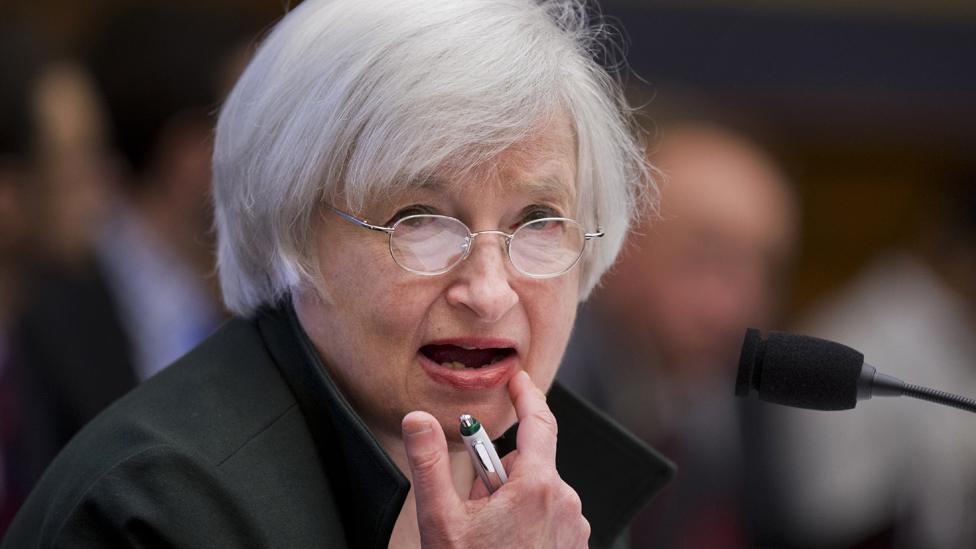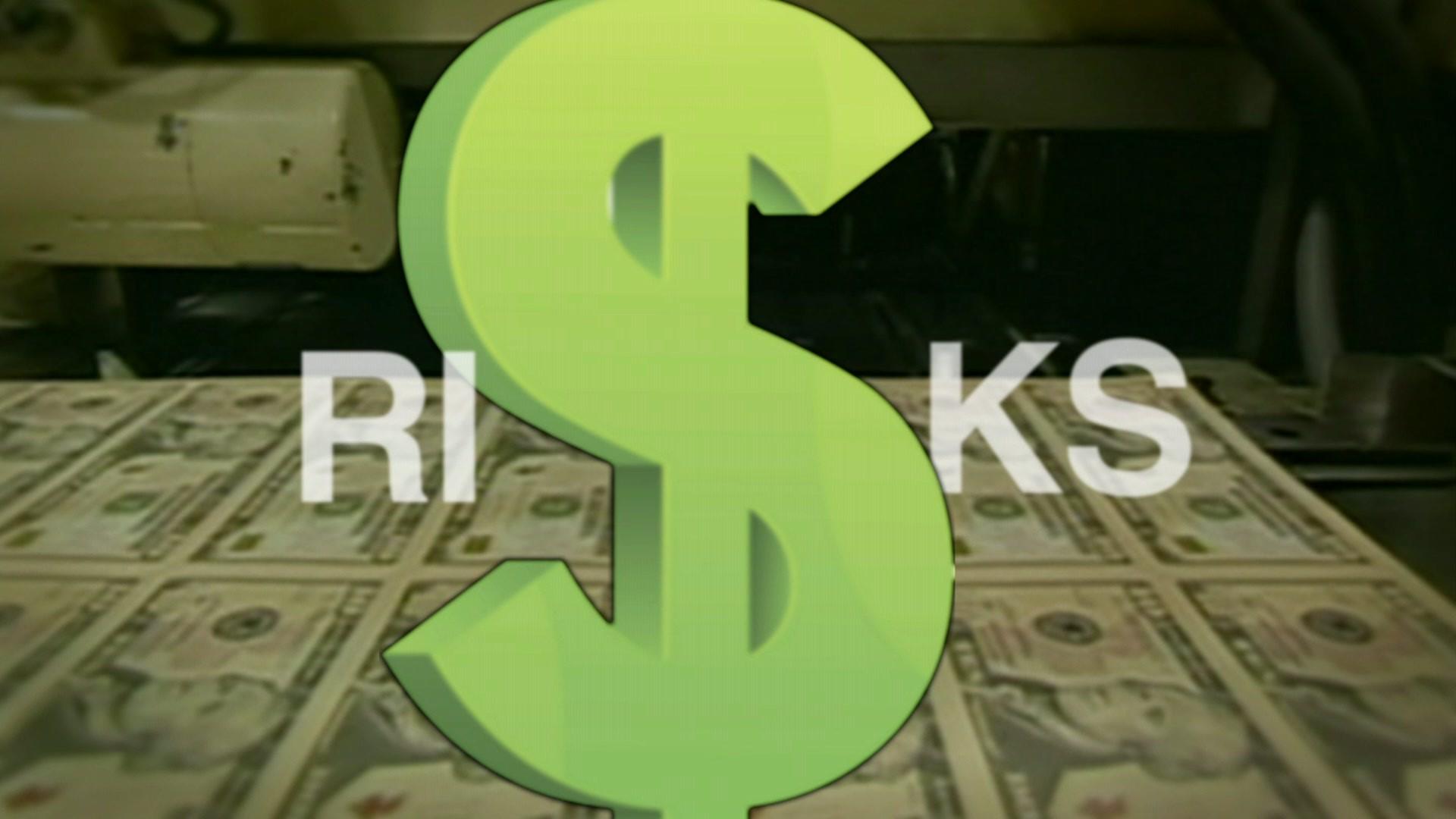A bad day for Asia's economies?
- Published

Brace yourselves for what may be more market volatility and uncertainty ahead.
It's coming. Or maybe - it's not.
The current global hand-wringing and head-holding over whether the US Fed will or won't raise interest rates later has got investors here in Asia worried about what this means for their economies.
The Fed has become the favourite whipping boy of Asia's central bankers, with cries from India to Indonesia to "just get on with it".
But how bad could a rate rise - or no rate rise - be for Asia?
Well, as with most things on this particular Fed decision, economists are divided.
So you have one camp that says: "When the Fed raises rates, it will be doom and gloom for Asia's economies."
Hot money has poured into emerging markets as a result of all the QE money sloshing around (translation: cheap, easy and liquid cash that was released as a result of the US's quantitative easing programme).
That means that when the US starts raising rates, the US dollar will strengthen, looking for the higher return that higher rates means, and the money that's been in emerging markets will find its way back to the US.
We're already starting to see evidence of this - in countries like Indonesia and Malaysia, for example, which have been singled out as being among the economies most vulnerable to a rate rise.
According to some estimates, foreign investors pumped almost $10bn into Indonesia's stock markets since the start of the US's QE programme.
But a recent Merrill Lynch report says that foreign funds have sold some $900m from Indonesian shares in the last couple of months in anticipation of a rate rise.
So if you take the argument further, a rate rise in the US would see more short-term panic in emerging markets. Stock markets may fall, currencies may lose more of their value, and central banks in Asia might be pressured into raising rates in their own countries in an attempt to stem money flowing out of their home markets, or spending their foreign reserves to prop up their currencies.
Except…
That is exactly what's been happening in the last few months.
Markets have already priced in a rate rise, say some economists like Daniel Martin of Capital Economics, so although you may see some panic, it's unlikely to be a "house falling down" kind of scenario.
And he adds: "It's not really the US Fed that's pushed down emerging markets, it's China and the negative sentiment on that - and that will fade soon in the next few weeks when we see more positive data coming out of China."
A rate rise might even be good for Asia: it could be seen as a sign the US economy is recovering, albeit at a tepid rate. Economies such as Taiwan and South Korea would benefit from a recovery in the US in particular.
Also, Mr Martin says any Fed rate rise will be small and is likely to be sugar-coated, with a statement saying there are no more to come this year.
Add to that the fact that Asia is in a much better situation than it was just a few years ago, and a rate rise doesn't look so dramatic after all.
"Asia today has current account surpluses, and has done for the last 18 years," says David Carbon, Managing Director of DBS Economic and Currency Research. "It's in a far less vulnerable position than you might think."
That brings us to our next scenario. What if they don't raise rates this Thursday? How will Asia read that?
Well if there's one thing markets don't like, it's uncertainty. And any hint that the US economy isn't doing well enough is likely to bring more anxiety for investors.
"If they don't hike, they have to make it very clear that they will in the coming months," says Mr Martin. "The language in their statement will be scrutinised for any hint of how the economy in the US is doing."
- Published17 September 2015

- Published17 September 2015

- Published17 September 2015
